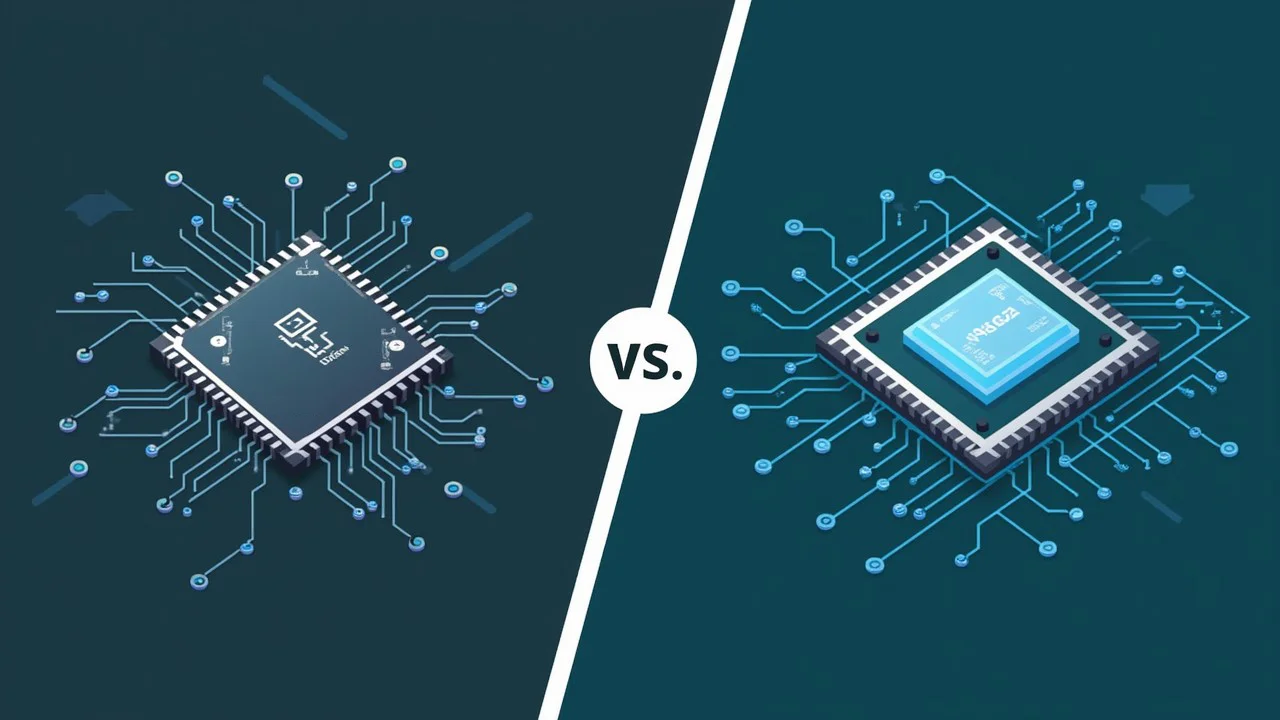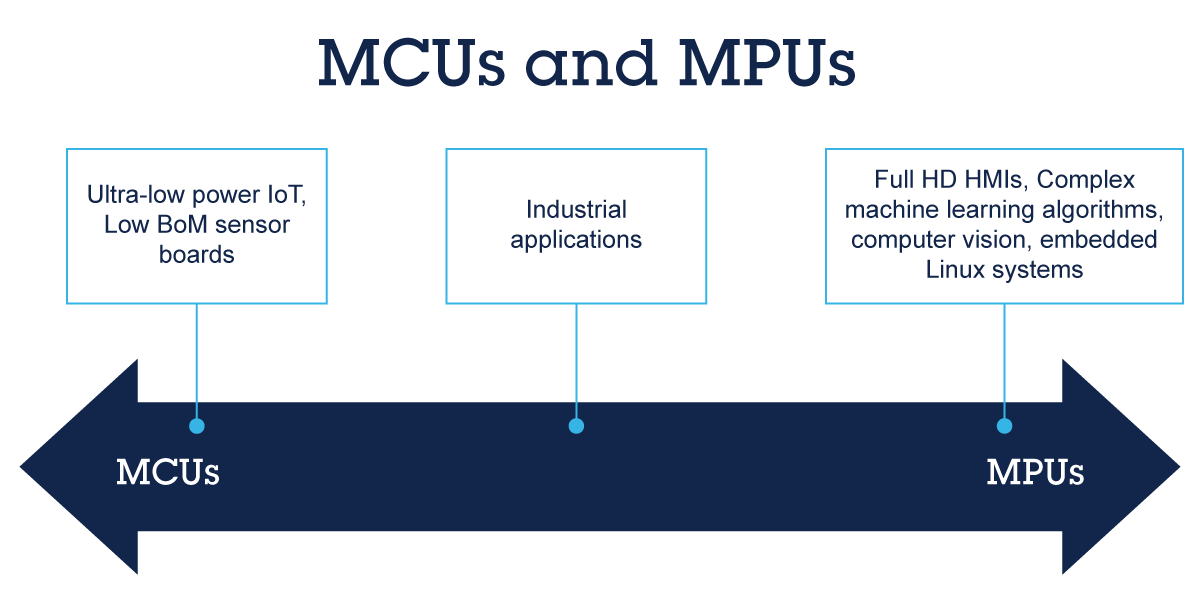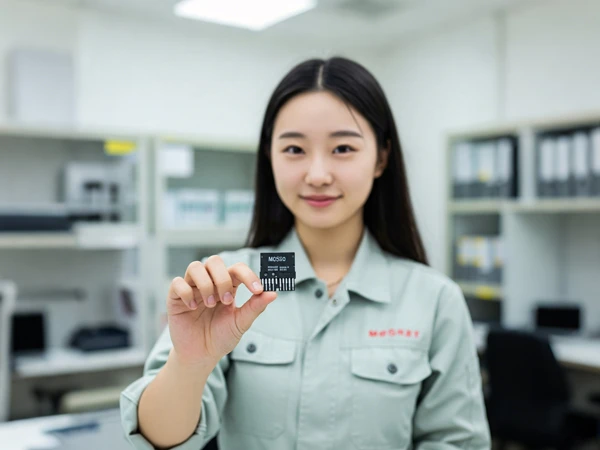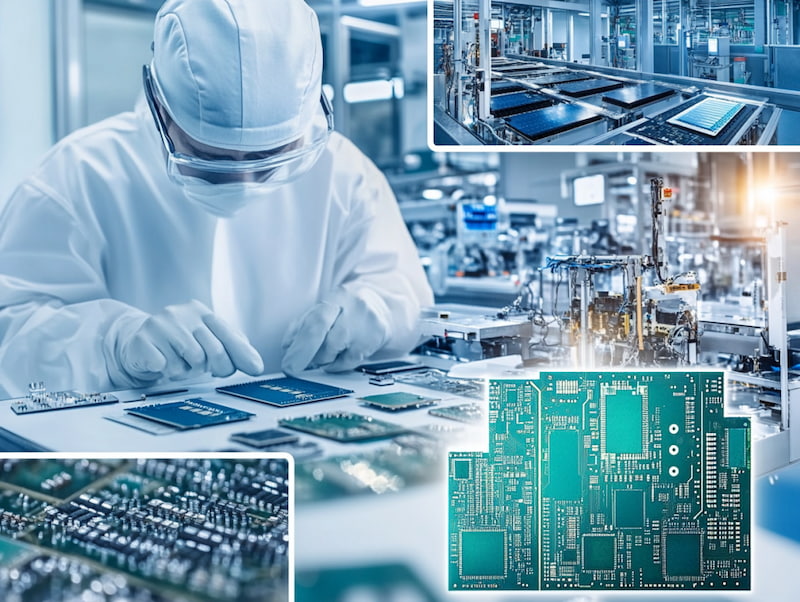In the evolving landscape of electronic systems and embedded solutions, understanding the distinction between Microprocessor Units (MPUs) and Microcontroller Units (MCUs) is crucial for engineers and developers. While these components may sound similar, they serve fundamentally different purposes in electronic designs. This article explores the key differences, applications, and selection criteria for MPUs and MCUs to help you make informed decisions for your next project.
Table of Contents

Defining MPU and MCU
Microprocessor Unit (MPU)
An MPU is essentially a processing engine that forms the central core of a computing system. It requires external components like memory (RAM and ROM), input/output interfaces, and peripheral devices to function as a complete system. MPUs are designed to execute complex computational tasks and handle large amounts of data processing.
Microcontroller Unit (MCU)
An MCU is an integrated circuit that combines a processor core with memory and programmable input/output peripherals on a single chip. MCUs are designed for specific tasks within embedded systems, offering a self-contained computing solution that requires minimal external components to function.
Architectural Differences
The fundamental architectural differences between MPUs and MCUs determine their capabilities, performance, and suitable applications.
| Feature | Microprocessor (MPU) | Microcontroller (MCU) |
|---|---|---|
| System Architecture | Von Neumann architecture (common) | Harvard architecture (common) |
| Integration | CPU only, requires external components | CPU, memory, I/O all integrated on single chip |
| Memory | External memory systems, expandable | Internal memory, limited but optimized |
| I/O Capabilities | Requires additional peripheral chips | Built-in I/O ports and interfaces |
| Instruction Set | Complex instruction set (often) | Reduced instruction set (often) |
| Power Consumption | Generally higher | Generally lower, power-efficient |
Performance Comparison
When evaluating MPUs against MCUs, several performance metrics come into play:
Processing Power
MPUs typically offer higher clock speeds (often exceeding 1 GHz) and more complex computational capabilities, making them suitable for processing-intensive applications.
MCUs generally operate at lower frequencies (often between 8MHz to 400MHz) but are optimized for efficient execution of specific control tasks with deterministic timing.
Memory Handling
MPUs can address large memory spaces (often several GB) and typically work with external memory systems, allowing for flexibility and scalability.
MCUs have limited on-chip memory (typically KB to a few MB) but benefit from faster access times and integrated memory management.
Real-time Capabilities
MPUs often run complex operating systems that prioritize throughput over deterministic timing, making them less ideal for strict real-time applications.
MCUs excel in real-time control applications with predictable response times and dedicated peripherals for timing-critical tasks.
Power Efficiency
MPUs typically consume more power due to their higher processing capabilities and need for external components.
MCUs are designed with power efficiency in mind, often featuring multiple power-saving modes and optimized for battery-powered applications.
Application Scenarios
 The distinct characteristics of MPUs and MCUs make them suitable for different application domains:
The distinct characteristics of MPUs and MCUs make them suitable for different application domains:
MPU Applications
- Desktop and laptop computers
- Network servers and data centers
- Advanced smartphones and tablets
- High-end gaming consoles
- Complex image and signal processing systems
- Advanced robotics with AI capabilities
- Complex medical imaging equipment
MCU Applications
- Automotive control systems
- Smart home devices and appliances
- Industrial automation and control
- Wearable technology and fitness trackers
- Medical devices and patient monitoring
- IoT sensors and edge devices
- Consumer electronics and remote controls
At Olukey, we specialize in providing high-quality Cmsemicon MCUs for various industrial applications. As the authorized distributor for Winsok, we offer comprehensive solutions for your embedded system needs.
Selection Criteria: Choosing Between MPU and MCU
 When deciding between an MPU and MCU for your project, consider these key factors:
When deciding between an MPU and MCU for your project, consider these key factors:
1. Computational Requirements
Choose MPU if: Your application requires complex algorithms, multitasking, advanced graphics processing, or handling large datasets.
Choose MCU if: Your application involves straightforward control tasks, simple calculations, and deterministic operations.
2. Power Constraints
Choose MPU if: Power consumption is not a critical concern and external power sources are readily available.
Choose MCU if: Your device needs to operate on battery power for extended periods or has strict power consumption requirements.
3. Size and Form Factor
Choose MPU if: Space constraints are not severe, and your design can accommodate multiple components and cooling solutions.
Choose MCU if: You need a compact solution with minimal external components for space-constrained applications.
4. Cost Considerations
Choose MPU if: Budget allows for higher component costs and the application justifies the investment in processing power.
Choose MCU if: Cost-effectiveness is a priority and the application doesn’t require high-end processing capabilities.
5. Development Complexity
Choose MPU if: Your team has experience with complex operating systems and software stacks.
Choose MCU if: You prefer simpler programming models and direct hardware control.
Future Trends in MPU and MCU Development
 The distinction between MPUs and MCUs continues to evolve as technology advances:
The distinction between MPUs and MCUs continues to evolve as technology advances:
Blurring Boundaries
Modern high-performance MCUs are incorporating features traditionally associated with MPUs, such as advanced peripherals, larger memory spaces, and more powerful processing cores. Similarly, some MPUs are becoming more integrated with on-chip peripherals.
AI and Machine Learning
Both MPUs and MCUs are increasingly incorporating specialized hardware for AI and machine learning tasks. MCUs with neural processing units are emerging for edge AI applications, while MPUs continue to enhance their GPU and neural processing capabilities.
Energy Efficiency
As energy concerns become paramount, even high-performance MPUs are adopting architectural innovations to reduce power consumption. Meanwhile, ultra-low-power MCUs continue to push the boundaries of efficiency for battery-operated devices.
Security Integration
Both MPUs and MCUs are incorporating advanced security features at the hardware level, including secure boot, encryption engines, and trusted execution environments to address the growing cybersecurity challenges.
Conclusion
The choice between an MPU and an MCU ultimately depends on the specific requirements of your application. MPUs excel in complex, processing-intensive tasks with less stringent power constraints, while MCUs offer efficient, integrated solutions for dedicated control applications where power efficiency and real-time performance are critical.
Understanding these differences allows engineers and developers to make informed decisions that optimize performance, cost, and power efficiency for their specific use cases.
 Looking for reliable MCU solutions for your next project? Olukey offers premium Cmsemicon MCUs with comprehensive technical support and competitive pricing.
Looking for reliable MCU solutions for your next project? Olukey offers premium Cmsemicon MCUs with comprehensive technical support and competitive pricing.
























